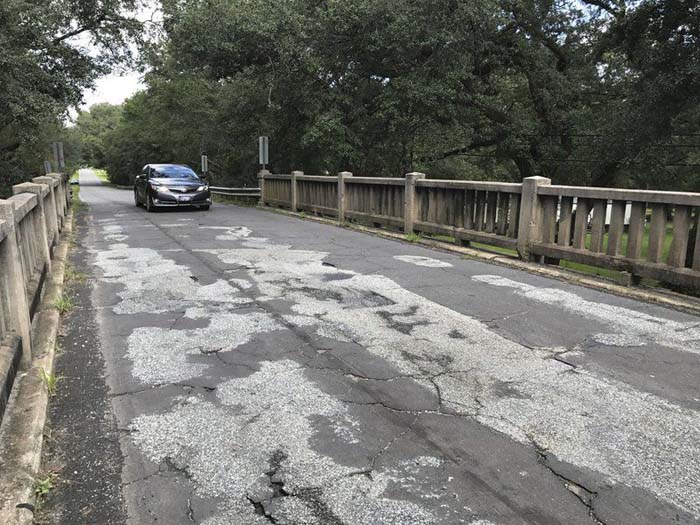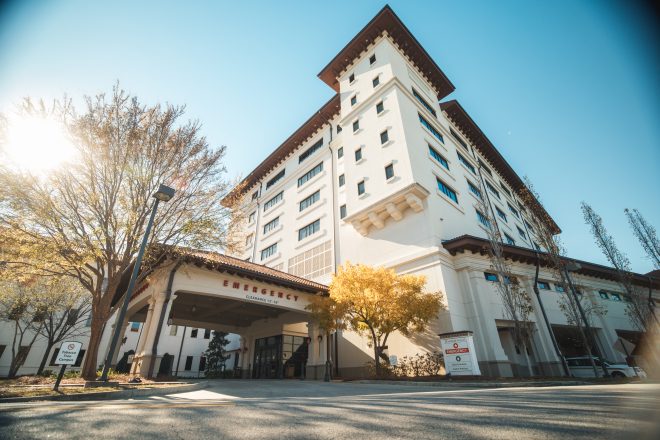Varmints, age blamed for Boston bridge’s troubles
Published 1:18 pm Thursday, August 31, 2017

- Patti Dozier/Times-EnterpriseA car travels over the problem-plagued bridge on old 84 slightly west of Boston Thursday morning.
BOSTON — Varmints are one problem with the 1920s-era bridge on old 84 at Boston, but the structure’s age also appears to be dragging it down.
Georgia Department of Transportation (DOT) personnel inspected the bridge Thursday morning.
Trending
“They’re going to look into funding they have to replace the bridge or rehab,” said Tony Bodiford, Thomas County public works director.
The 2016 cost estimate for replacing the structure was $3.5 million to $4 million.
An immediate problem that surfaced last week is varmints that have burrowed in where the bridge meets the road on east and west ends.
“They created a void up under the road, and the road is caving in where the bridge meets the road,” Bodiford said.
Bodiford is leaning toward armadillos as the culprit, but opossums also are suspects.
Burrows are deep — so deep road crews have not been able to detect the bottom.
Trending
The bridge will close Tuesday, and workers will “dig out” the burrows, Bodiford said.
“That bridge is the oldest in the state of Georgia that is still active,” he said.
Thomas County school buses that travel on the bridge will be rerouted.
“We have two buses that normally use the bridge to enter and leave Boston, and both buses only have stops on the Boston side of the bridge” said Thomas County School System Superintendent Dusty Kornegay. “Those two buses have already been rerouted to enter Boston using Green Street and can safely pick up and drop off students at the established stops. Parents and students should not have to make any adjustments as far as the location of bus stops.”
Bodiford said DOT personnel looking at the bridge Thursday think it is “OK” to keep it open to traffic. However, he said, tractor-trailers and log trucks will be prohibited from traveling on the bridge.
Bodiford urged motorists traveling on the structure to keep in mind that it is narrow.
The average life span of a bridge is 50 years, Bodiford said, adding that one-quarter of all bridges nationwide are more than 50 years old.
The public works director said a February traffic count recorded 807 vehicles crossing the bridge daily. During the three-week traffic count, 16,948 vehicles traveled on the structure.
DOT information shows the bridge carries a two-lane road over a track of the CSX Railroad, the former Atlantic Coast Line Railroad. The bridge route was included in the original state highway system of 1919. It was upgraded to a gravel-surfaced road from 1923 to 1924, at which time it was constructed to replace a grade crossing on an old alignment to the east of the structure.
Senior reporter Patti Dozier can be reached at (229) 226-2400, ext. 1820





